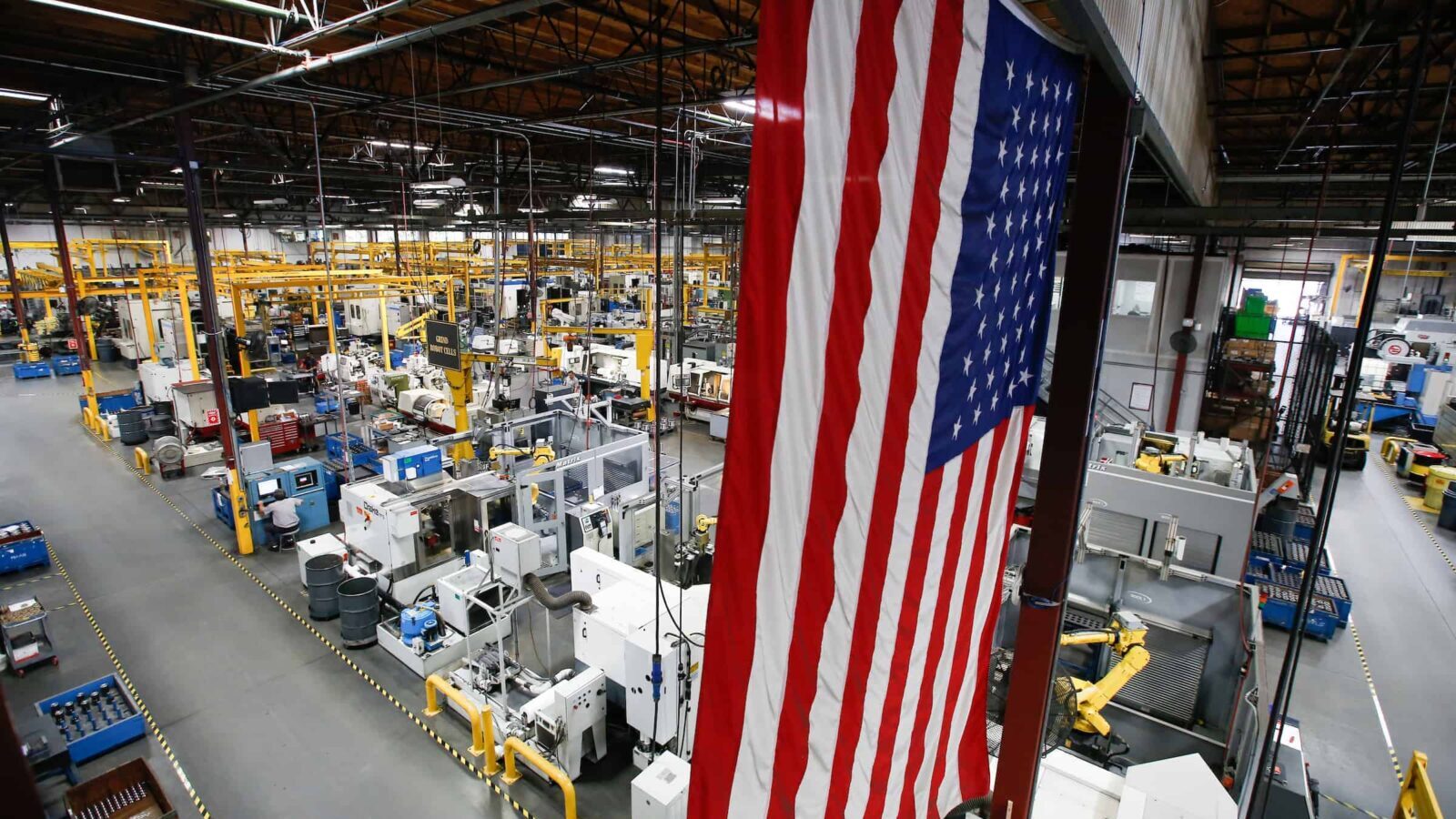
New MI/FORVIS Study Illustrates Differences in Workforce Challenges Between Rural and Urban Areas
Washington, D.C., 8/28/23 –
The Manufacturing Institute—the workforce development and education affiliate of the National Association of Manufacturers—in partnership with FORVIS, has released a study investigating differences in attracting and retaining talent in rural versus urban areas. The study identifies major post-pandemic workforce challenges for manufacturers in rural and urban areas and outlines creative solutions that companies have implemented to address these issues. Among its findings, the study shows that the top labor force challenges in urban areas focus on compensation and cost of living, whereas in rural areas the challenges are more varied, including access to child care, accessible transportation and affordable housing, which vary in availability from one rural community to another.
“Across the country, manufacturers are facing difficulties attracting and retaining workers in a historically tight labor market in rural and urban domains alike,” said MI Director of the Center for Manufacturing Research Chad Moutray. “Through expanding talent pipelines and addressing workforce challenges in partnership with community organizations, companies can build workforce readiness while strengthening resiliency. The MI offers programs for companies to learn to build robust recruitment programs and grow the manufacturing workforce of today and tomorrow.”
“FORVIS is proud to be a part of this study that provided us the valuable opportunity to better understand the workforce challenges facing the manufacturing sector. Our firm is a strong supporter of the industry, and we look forward to using the findings from this study to help craft potential solutions for the manufacturers we work with. In addition, we are grateful to our partners at the MI for their partnership in conducting this crucial research,” said Matt Wood, National Industry Leader at FORVIS.
Key Findings:
- The working-age population fell 4.9% in nonmetropolitan counties between 2010 and 2020 but rose 6.0% in urban areas.
- Manufacturers in rural areas ranked cost of living (74.0%) as well as available facilities and spacing needs (64.9%) as the most attractive features in deciding to locate there. Urban manufacturers ranked existing infrastructure (73.9%), the available workforce (62.3%) and the proximity to suppliers or customers (50.7%) as the most attractive features.
- For rural locations, manufacturers cited difficulty of attracting new employees to the area (65.3%) and lack of child care or elder care options (53.3%) as their top labor force challenges. For urban locations, cost of living (53.6%) and insufficient compensation (43.5%) ranked highest.
- When recruiting talent, manufacturers highlighted distinct differences for attracting potential applicants. In rural areas, the top aspects included work/life balance (74.0%), a sense of community (68.8%), cost of living (66.2%) and career advancement (62.3%). For urban areas, access to quality health care (64.7%) and work/life balance (61.8%) ranked highest.
-The MI-
The Manufacturing Institute builds a resilient manufacturing workforce prepared for the challenges and opportunities of the future. Through implementing groundbreaking programs, convening industry leaders and conducting innovative research, the MI furthers individual opportunity, community prosperity and a more competitive manufacturing industry. As the 501(c)3 nonprofit workforce development and education affiliate of the National Association of Manufacturers, the MI is a trusted adviser to manufacturers, equipping them with solutions to address the toughest workforce issues. For more information, please visit www.themanufacturinginstitute.org.